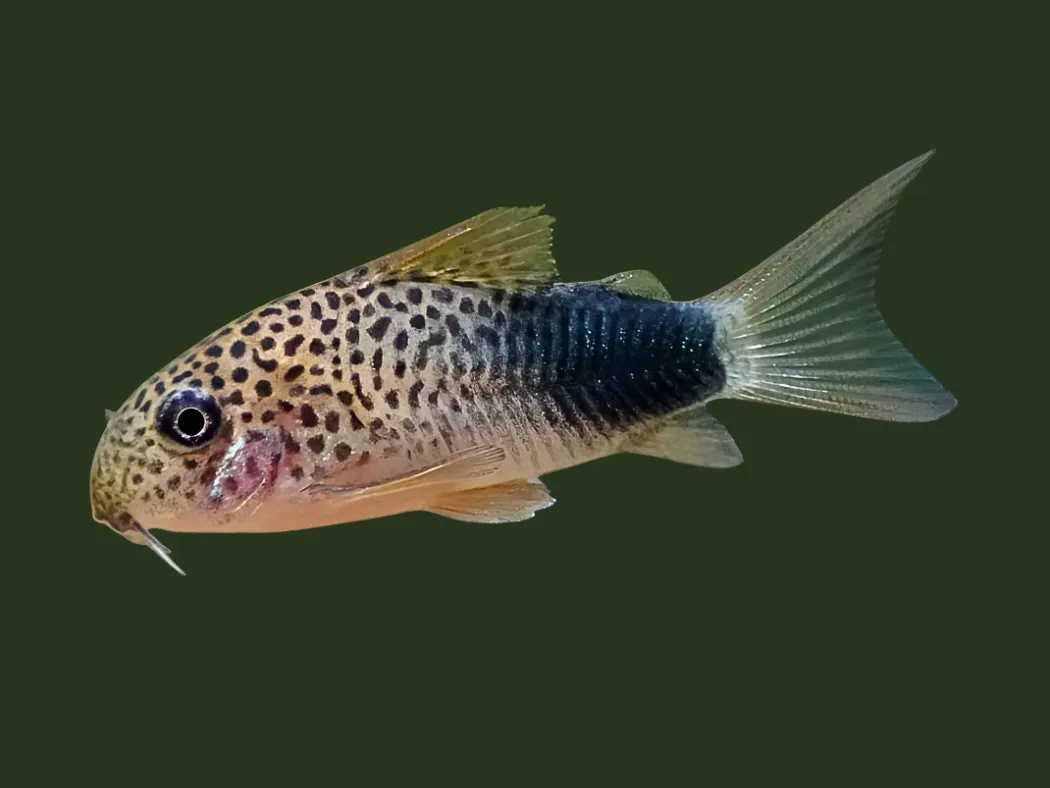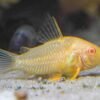-
×
-
×
-
×
-
×
-
×
-
×
-
×
-
×
Red Devil Vampire Crab - Geosesarma Hagen - Decapod Crustacean 2 × £8.71
-
×
Golden Eyes Vampire Crab - Geosesarma Sp. - Decapod Crustacean 4 × £8.71
-
×
-
×
-
×
-
×
-
×
-
×
-
×
Subtotal: £410.34








 Red Devil Vampire Crab - Geosesarma Hagen - Decapod Crustacean
Red Devil Vampire Crab - Geosesarma Hagen - Decapod Crustacean  Golden Eyes Vampire Crab - Geosesarma Sp. - Decapod Crustacean
Golden Eyes Vampire Crab - Geosesarma Sp. - Decapod Crustacean 
















Emily Carter (verified owner) –
I recently added Corydoras similis to my community aquarium, and I couldn’t be happier with my decision! These petite spotted bottom dwellers have brought such joy and activity to my tank. After about two weeks, I’ve noticed how they love to school together, foraging gently through the substrate and keeping the tank clean. They get along wonderfully with my other freshwater fish, and their peaceful nature truly makes them ideal companions in a community setup.
What I appreciate most is their ability to thrive in a well-planted environment; they seem to enjoy exploring the nooks among the plants. I initially compared them to other cory species, but the similis stood out with their engaging behavior and smaller size, making them perfect for my 20-gallon tank.
If you’re a caring fish parent looking to add a charming and active species to your aquarium, I highly recommend Corydoras similis. Just be sure to provide them with a soft substrate and plenty of hiding spots to keep them happy. My only minor concern was that they took a couple of days to fully acclimate, but now they’re thriving. Overall, these fish have exceeded my expectations, and I would definitely purchase them again!
Emily Carter (verified owner) –
I recently added Corydoras similis to my planted aquarium, and I couldn’t be happier! These petite spotted bottom-dwellers have not only enhanced the aesthetic of my tank but have also made a significant impact as algae eaters. After about two months, I’ve noticed my tank is much cleaner, and they seem to thrive among the plants. Their playful nature is a joy to watch, especially when they scavenge for food! Compared to other small catfish I’ve kept, the behavior of these corys is just so engaging; they really have personality. The only minor concern I have is their sensitivity to water conditions, but I’ve been diligent with my water changes, and they are thriving. I highly recommend Corydoras similis for anyone with a community tank or who is just starting out with freshwater fish. They’re hardy, peaceful, and contribute to a balanced ecosystem in your aquarium. Plus, their charming little antics will definitely win your heart!